When Jane Goodall first stepped into the forests of Gombe in 1960, armed with nothing but a notebook and binoculars, she had no idea she was about to revolutionize our understanding of what it means to be human. Her groundbreaking work would spark six decades of chimpanzee research that has fundamentally transformed how we view our closest living relatives. From the dense rainforests of Tanzania to the savannas of Uganda, researchers have uncovered secrets that challenge everything we thought we knew about intelligence, emotion, and social complexity in the animal kingdom. The findings have been nothing short of extraordinary, revealing that chimpanzees possess capabilities that were once considered uniquely human.
The Tool-Making Revolution That Changed Everything

The moment Jane Goodall observed a chimpanzee named David Greybeard using a grass stem to fish termites from a mound, the scientific world was turned upside down. This single observation in 1960 shattered the long-held belief that humans were the only tool-making species on Earth. Dr. Louis Leakey famously declared, “Now we must redefine tool, redefine man, or accept chimpanzees as fellow beings.”
Over the decades, researchers have documented an astounding array of tool use across different chimpanzee populations. In the Tai Forest of Ivory Coast, chimps crack nuts with stone hammers and anvils, carefully selecting rocks based on weight and hardness. Some populations in Guinea use sharpened sticks to hunt bush babies, while others fashion leaf sponges to extract water from tree holes. The diversity of tools and their cultural transmission from generation to generation has revealed that chimpanzees don’t just use tools—they have distinct technological traditions.
The Complex Social Web of Chimpanzee Communities

Chimpanzee societies operate like intricate political systems that would make even seasoned diplomats take notes. These communities are built on a foundation of alliances, betrayals, and power struggles that can span decades. Alpha males don’t simply dominate through brute force; they form strategic partnerships, offer protection in exchange for loyalty, and engage in complex negotiations that determine the social hierarchy.
Research has revealed that female chimps also play crucial political roles, often serving as mediators in conflicts and forming their own alliances. The famous matriarch Fifi at Gombe was observed teaching her offspring not just survival skills, but also the art of social navigation. These findings have shown us that chimpanzee societies are far more nuanced than initially believed, with individuals displaying remarkable emotional intelligence and strategic thinking.
The Shocking Discovery of Chimpanzee Warfare

Perhaps no discovery has been more controversial than the documentation of organized warfare between chimpanzee communities. In the 1970s, researchers at Gombe witnessed the brutal “Four-Year War” between two groups that resulted in the complete annihilation of one community. These weren’t random acts of aggression—they were coordinated attacks involving patrol behavior, strategic planning, and systematic elimination of rivals.
Subsequent studies across Africa have confirmed that intergroup violence is a common feature of chimpanzee behavior. Groups conduct border patrols, launch surprise attacks, and even engage in infanticide when opportunities arise. This dark side of chimpanzee nature has forced us to confront uncomfortable truths about the evolutionary roots of human conflict and aggression.
The Remarkable Intelligence Behind Problem-Solving

Chimpanzees have consistently amazed researchers with their cognitive abilities, solving complex problems that would challenge many humans. Laboratory studies have shown that chimps can learn sign language, understand numerical concepts, and even demonstrate self-awareness when looking in mirrors. But it’s the wild observations that truly showcase their intelligence in action.
In Uganda’s Budongo Forest, researchers documented chimps using medicinal plants to treat illnesses, carefully selecting specific leaves with healing properties. Captive studies have revealed that chimpanzees can plan for future events, show empathy toward others, and even engage in deceptive behavior to gain advantages. These cognitive abilities have fundamentally altered our understanding of animal consciousness and intelligence.
The Emotional Lives That Mirror Our Own

The emotional depth of chimpanzees has been one of the most profound discoveries of the past six decades. Researchers have documented grief behaviors that are heartbreakingly similar to human mourning, with mothers carrying dead infants for days and communities showing signs of depression after losing members. Joy is equally evident, with chimps celebrating successful hunts through elaborate displays and embracing after reconciling from conflicts.
Long-term studies have revealed that chimpanzees form deep, lasting friendships that can span entire lifetimes. They console each other during distress, share food with friends, and even show what appears to be gratitude for favors received. These emotional complexities have forced scientists to reconsider the inner lives of animals and question the boundaries between human and non-human emotions.
The Art of Communication Beyond Words
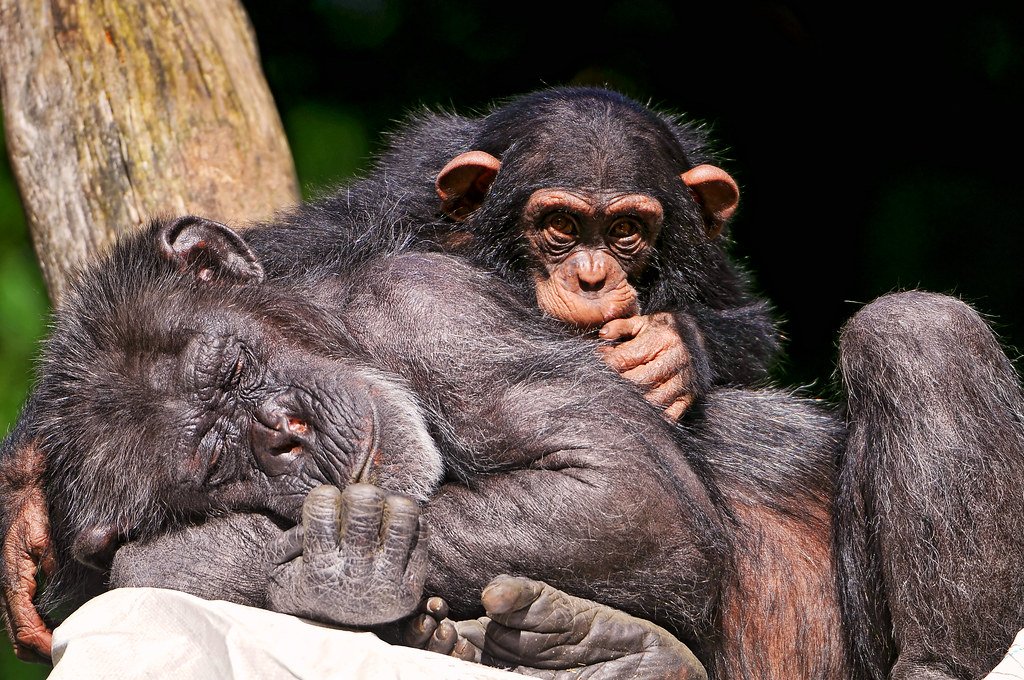
Chimpanzee communication is a sophisticated system that goes far beyond simple grunts and gestures. Researchers have identified over 30 distinct vocalizations, each with specific meanings and contexts. The famous “pant-hoot” calls serve as long-distance communication, allowing individuals to coordinate movements and maintain contact across vast forest territories.
Gestural communication is equally complex, with chimps using hand signals, facial expressions, and body language to convey everything from simple requests to complex emotional states. Recent studies have shown that young chimps learn these communication skills through observation and practice, much like human children learning language. The discovery of regional dialects in chimpanzee calls has even suggested that these communication systems are culturally transmitted.
Motherhood and the Bonds That Shape Generations
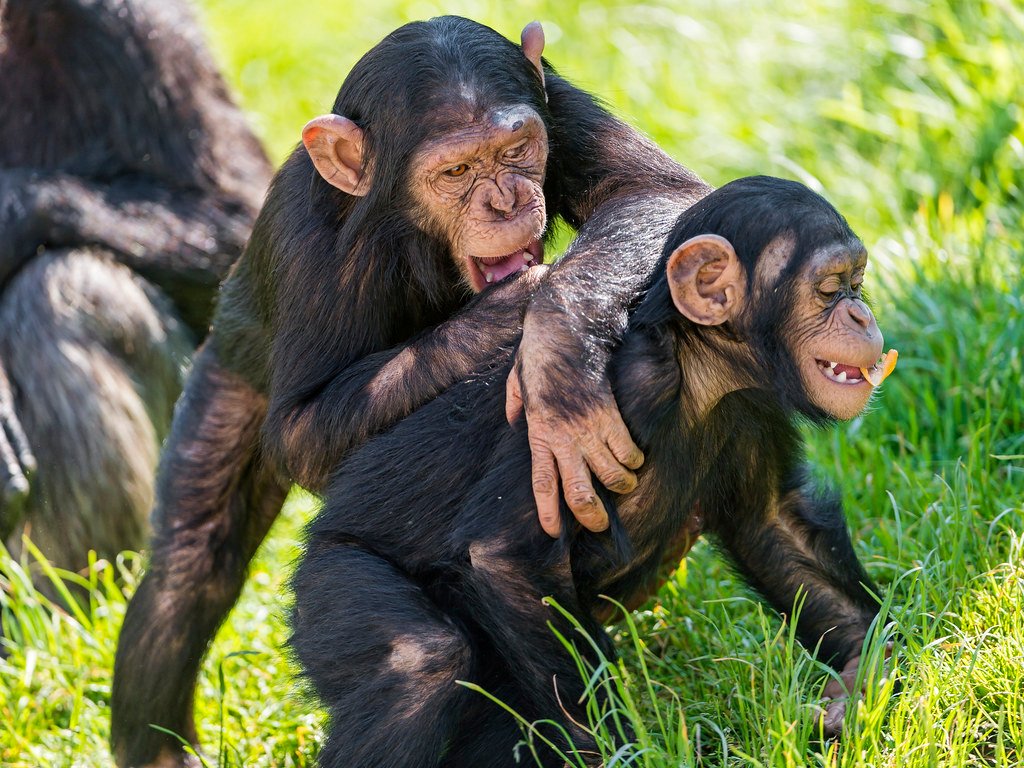
The relationship between chimpanzee mothers and their offspring represents one of the strongest bonds in the animal kingdom. Mothers nurse their young for up to five years, teaching them essential survival skills through patient demonstration and correction. The quality of mothering has been shown to have profound effects on offspring behavior, with well-mothered chimps displaying better social skills and higher survival rates.
Researchers have documented touching examples of maternal sacrifice, with mothers risking their own safety to protect their young from predators or aggressive males. The famous mother Flo at Gombe became legendary for her nurturing approach, raising several successful offspring who went on to achieve high social status. These observations have highlighted the critical importance of early childhood experiences in shaping adult behavior across species.
The Unexpected Hunting Strategies and Meat Consumption

The discovery that chimpanzees are skilled hunters came as a shock to early researchers who assumed they were primarily vegetarian. Coordinated hunting parties have been observed targeting red colobus monkeys, with different individuals taking on specific roles such as drivers, blockers, and catchers. These hunts require planning, communication, and split-second decision-making that demonstrates sophisticated cognitive abilities.
Meat sharing after successful hunts follows complex social rules, with dominant individuals controlling distribution and using meat as a form of currency to gain favors or mating opportunities. The hunting behavior varies significantly between populations, with some groups showing remarkable skill while others rarely hunt at all. This variation has provided insights into how cultural practices develop and spread within animal communities.
The Cultural Traditions That Define Communities

One of the most remarkable discoveries has been the existence of distinct cultural traditions within different chimpanzee populations. Just as human societies have unique customs, chimpanzee communities have developed their own ways of doing things that are passed down through generations. These cultural differences extend far beyond tool use to include grooming styles, communication patterns, and even play behaviors.
In West Africa, some groups engage in “rain dances” during thunderstorms, displaying and calling at the sky in what appears to be a ritualistic behavior. Other populations have unique hand-clasp grooming styles that serve as cultural markers. The transmission of these traditions requires teaching, learning, and social conformity—abilities that were once thought to be uniquely human.
The Healing Power of Reconciliation and Forgiveness

Chimpanzees have taught us valuable lessons about conflict resolution and the importance of maintaining social harmony. After aggressive encounters, chimps engage in elaborate reconciliation behaviors, including embracing, grooming, and sharing food. These reconciliation rituals help repair damaged relationships and maintain the social fabric of the community.
Research has shown that chimps are more likely to reconcile with valuable allies and close relatives, suggesting that they understand the importance of maintaining beneficial relationships. The ability to forgive and move forward from conflicts has proven essential for group cohesion and survival. These behaviors have provided insights into the evolutionary origins of human reconciliation and forgiveness.
The Surprising Capacity for Innovation and Creativity

Chimpanzees have repeatedly demonstrated their ability to innovate and create new solutions to problems. In captivity, they’ve been observed creating art, playing musical instruments, and even developing new tool-making techniques. Wild populations have shown similar creativity, with individuals inventing new foraging strategies or modifying existing tools to improve their effectiveness.
The spread of innovations through communities has provided researchers with real-time examples of how cultural evolution occurs. Young chimps often improve upon their parents’ techniques, leading to gradual refinements in tool use and problem-solving approaches. This capacity for cultural evolution has shown that chimpanzees are not just users of culture but active creators and modifiers of their traditions.
The Disturbing Reality of Infanticide and Its Evolutionary Logic
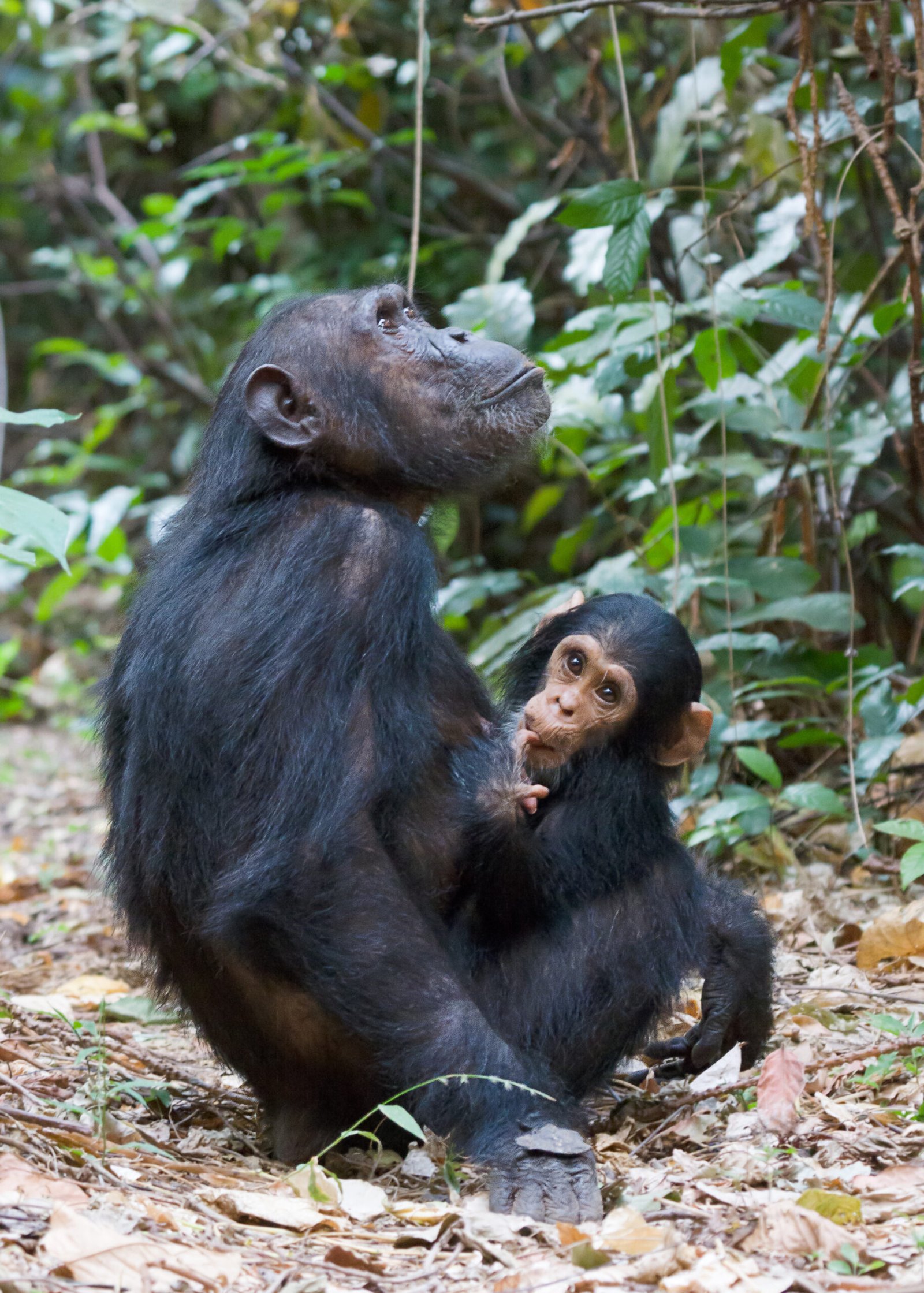
One of the most difficult aspects of chimpanzee behavior to understand has been the occurrence of infanticide, particularly by males targeting unrelated infants. This behavior, while disturbing to human observers, follows a cold evolutionary logic that maximizes reproductive success. By eliminating competitors’ offspring, males can bring females back into reproductive condition sooner.
Female chimps have evolved counter-strategies to protect their young, including mating with multiple males to confuse paternity and forming protective alliances with other females. The study of infanticide has provided crucial insights into the evolutionary pressures that shape reproductive behavior and the ongoing arms race between male and female strategies.
The Remarkable Memory and Learning Abilities

Chimpanzees possess extraordinary memory capabilities that allow them to navigate complex forest environments and remember the locations of hundreds of food sources. They can recall which trees fruit at specific times of year and plan efficient foraging routes that maximize energy gain. This spatial memory rivals that of any animal and has proven essential for survival in challenging environments.
Learning abilities extend beyond simple memorization to include complex problem-solving and abstract thinking. Chimps have been shown to understand cause-and-effect relationships, learn from observation, and even engage in trial-and-error learning when faced with novel challenges. These cognitive abilities have forced researchers to reconsider the nature of animal intelligence and consciousness.
The Impact of Human Encroachment on Wild Populations
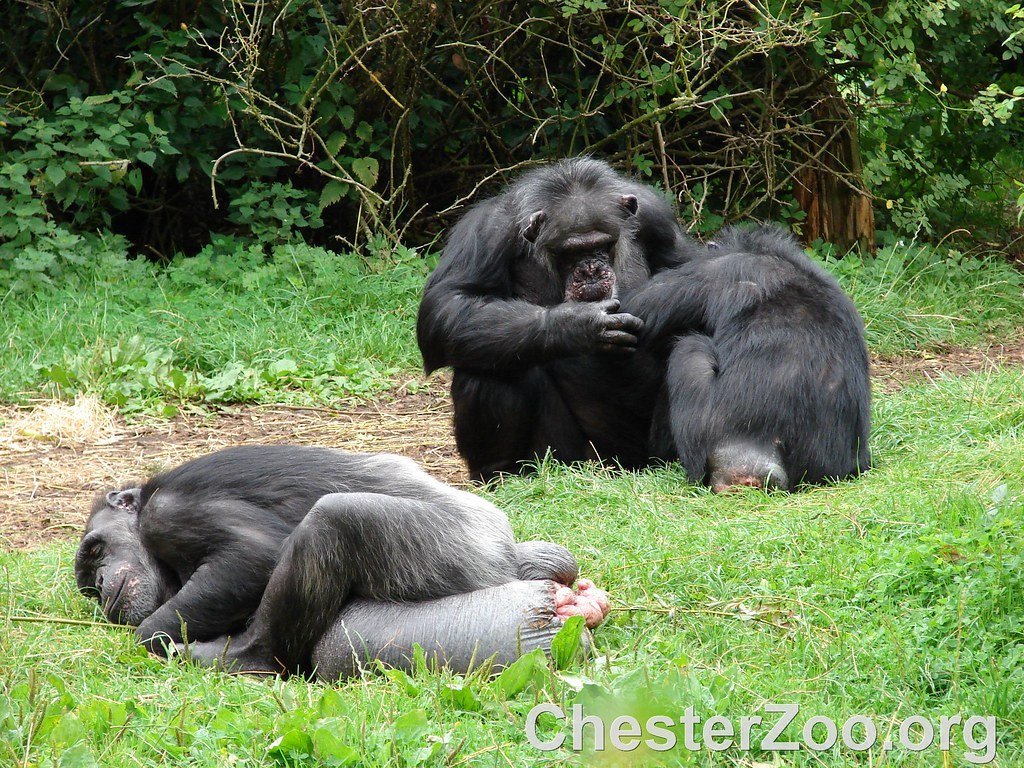
Six decades of research has also documented the devastating impact of human activities on chimpanzee populations. Habitat destruction, hunting, and disease transmission have led to dramatic population declines across Africa. The chimpanzees that Jane Goodall first studied at Gombe now exist in a small forest fragment surrounded by human settlement.
Researchers have observed changes in chimpanzee behavior as they adapt to human presence, including altered ranging patterns, increased stress levels, and modified social structures. Some populations have learned to raid crops or scavenge from human settlements, leading to increased human-wildlife conflict. These observations have highlighted the urgent need for conservation efforts to protect remaining chimpanzee habitats.
The Evolution of Research Methods and Technology

The study of chimpanzees has evolved dramatically from Jane Goodall’s initial observations to sophisticated modern research techniques. DNA analysis has revolutionized our understanding of chimpanzee genetics, paternity, and population structure. GPS tracking devices and remote cameras have allowed researchers to monitor behavior without human presence, reducing observer bias and revealing new aspects of chimpanzee life.
Computer modeling and statistical analysis have enabled researchers to test hypotheses about chimpanzee behavior and social organization with unprecedented precision. These technological advances have not only improved our understanding of chimpanzees but have also set new standards for wildlife research across species.
The Unexpected Connections to Human Evolution

Perhaps the most profound impact of chimpanzee research has been its contribution to our understanding of human evolution. By studying our closest living relatives, researchers have gained insights into the behavior and social organization of our common ancestors. The similarities between human and chimpanzee behavior suggest that many of our most fundamental traits have deep evolutionary roots.
The discovery of tool use, complex social cognition, and cultural transmission in chimpanzees has forced us to reconsider what makes humans unique. Rather than being completely separate from the animal kingdom, we are part of a continuum of intelligence and consciousness that extends across species. This understanding has profound implications for how we view our place in the natural world.
The Ongoing Mysteries and Future Discoveries

Despite six decades of intensive research, chimpanzees continue to surprise and challenge our understanding. New populations are still being discovered, each with their own unique behaviors and cultural traditions. Climate change and habitat fragmentation are creating new pressures that may lead to further behavioral adaptations.
Advances in technology promise to reveal even more about chimpanzee cognition and behavior. Brain imaging studies are beginning to unlock the neurological basis of chimpanzee intelligence, while genetic research is revealing the molecular foundations of their remarkable abilities. The future of chimpanzee research holds the promise of even more groundbreaking discoveries.
The Lasting Legacy of Six Decades of Discovery
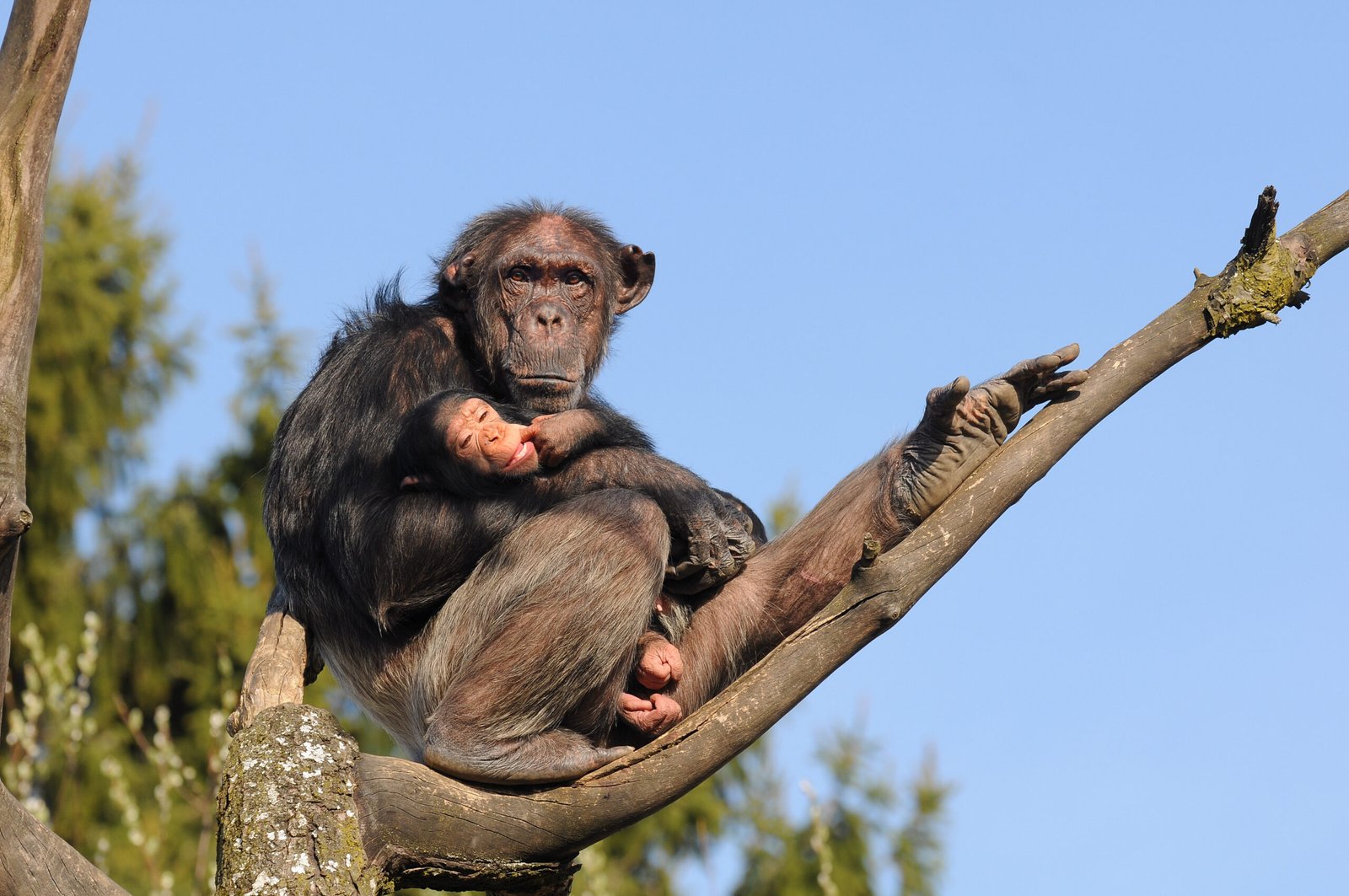
The study of chimpanzees has fundamentally transformed our understanding of animal behavior, cognition, and culture. These remarkable creatures have shown us that intelligence, emotion, and social complexity are not unique to humans but are shared traits that connect us to the broader animal kingdom. The discoveries made over the past sixty years have challenged our assumptions, expanded our knowledge, and deepened our appreciation for the natural world.
As we face unprecedented challenges from climate change and habitat destruction, the lessons learned from chimpanzee research become even more valuable. Understanding the behavior and needs of our closest relatives provides crucial insights for conservation efforts and helps us develop strategies to protect endangered species worldwide. The legacy of chimpanzee research extends far beyond academic knowledge to practical applications that can help preserve biodiversity for future generations.
The journey that began with Jane Goodall’s first observations at Gombe continues today, with new researchers building upon decades of accumulated knowledge. Each discovery adds another piece to the puzzle of what it means to be a sentient, social being in our shared world. What other secrets might these remarkable creatures reveal in the decades to come?



